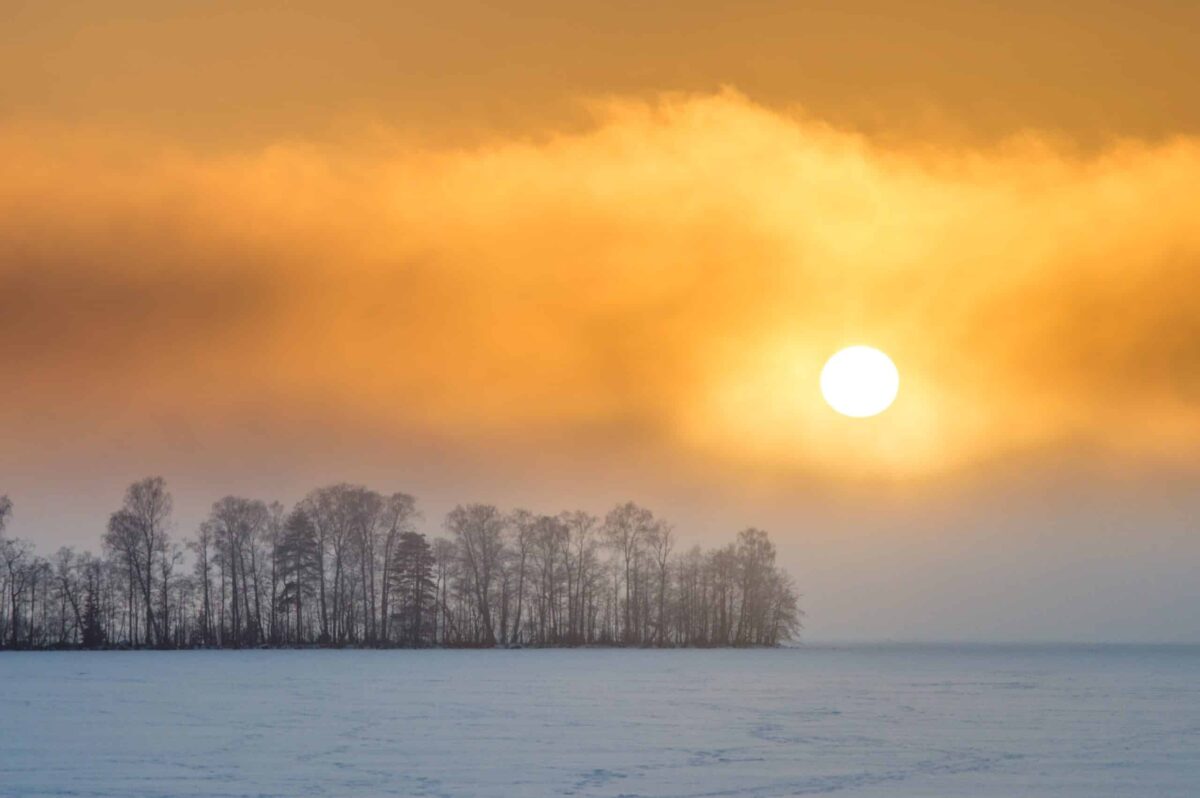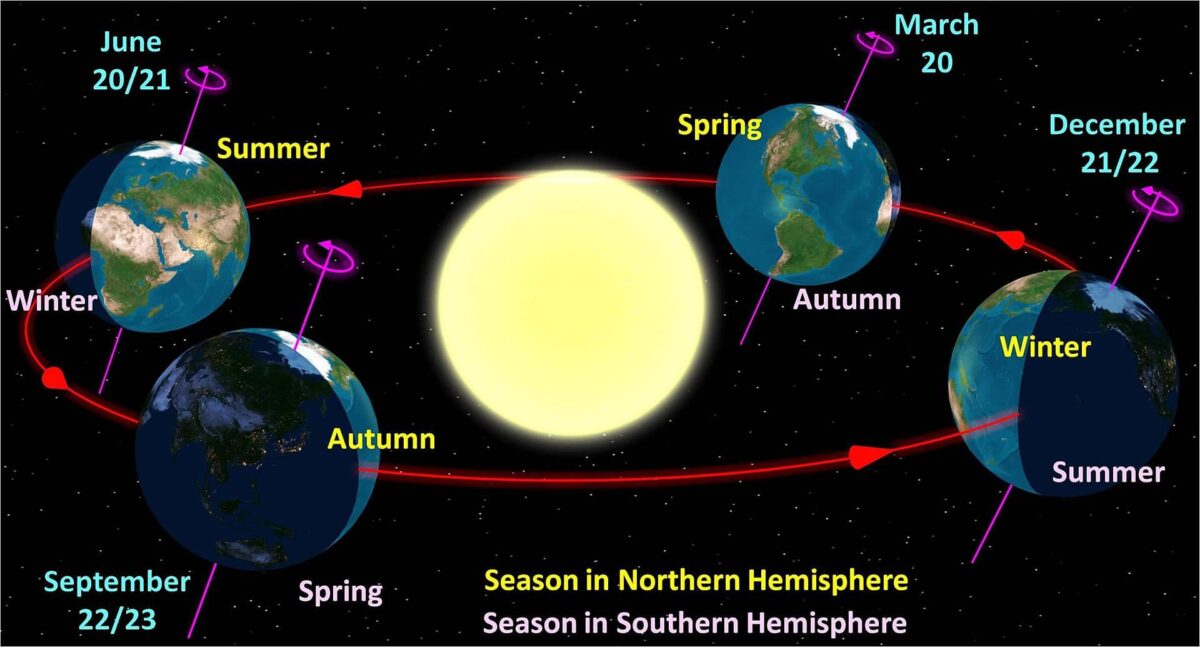
During the year there are two solstices, which are the days with the most hours of sunshine and the least hours of sunshine throughout the year. This means neither more nor less what, during those days, the Sun is placed in its highest and lowest positions respectively on the horizon. In the northern hemisphere, which is where we find ourselves, between December 21 and 22 the solstice of winter.
That is to say, when the winter solstice occurs, the winter season begins. On the contrary, between June 20 and 21 is when the summer solstice occurs, that is, the day with the most hours of sunshine throughout the year and the day that summer begins. For people who live in the southern hemisphere, this is the other way around, that is, summer begins on the December solstice and winter begins on the June solstice, curious right?
How to explain the Solstice to children
For most parents, explaining these types of phenomena can be quite difficult. Not because we do not know well what is happening, but that it is not easy to find the appropriate words so that children can understand it. Therefore, it is necessary to rely on visual material that helps children understand these curious concepts.
On the Internet you can find a lot of information, drawings for children to color, explanatory videos and all kinds of visual material. But if there is anything you can assume a life experience that marks the destiny of children, is to live the experience in the most realistic way possible. To do this, you can make use of tools such as The NASA Through their website, in which they bring astronomy and everything magical and mystical that surrounds it to the whole family.
Difference Between Solstices and Equinoxes
Both terms seem the same, but they are different and we will discover their differences. The solstices, from the Latin Solstitium, is when you want to point the arrival of summer and winter. The position of the earth with respect to the sun changes, since June 21 is when it marks the arrival of summer, in the northern hemisphere. But it also marks the arrival of winter in the southern hemisphere. He December 21 there is also a change, with the arrival of winter in the northern hemisphere, and the arrival of summer in the southern hemisphere.
In contrast, equinoxes, from the Latin Aequinoctium, is when they mark the arrival of autumn and spring. March 20 is the beginning of spring in the northern hemisphere and autumn in the southern hemisphere. He September 22 It is when autumn enters the northern hemisphere and spring in the south.
- In order for us to understand each of these terms, we will understand it with Earth's tilt relative to the sun.
- The earth is tilted at about 23,5°, which makes day and night happen.
Knowing this inclination it is much easier to explain how the equinoxes and solstices are produced.
- When the earth's axis is more inclined towards the Sun is when summer is taking place. Conversely, when the far, tilted part of the Earth is furthest away is when winter is occurring.
- We count it in another way, the inclined part is when it is in summer and we will observe how the days are longer and the Sun will be higher in the sky. However, the part that is not so inclined towards the Sun is a more shaded area, with the shortest days and where a much lower Sun will be observed.
What is a winter solstice like?
As we have already defined, the Winter Solstice is when one of the planet's hemispheres is farthest from the sun. Winter occurs twice a year, when we have winter in one hemisphere, within six months winter will occur in the other opposite hemisphere.
This occurs due to the tilt of the Earth. When its inclined part is farthest from the Sun is when winter appears, since the rays of the Sun arrive from a more distant way. When less sunlight arrives, it will also present that the days are much shorter and the nights are longer.
In Europe, as in North America, part of China and part of Africa belong in the northern hemisphere. He December 21 it is when they will enter the winter solstice. Other countries such as South America, part of Africa or Australia belong to the Southern Hemisphere. He June 21 day They will enter the winter solstice.
Another way to observe the winter solstice is when The sun's rays fall on the Tropic of Capricorn. an imaginary parallel line that lies to the south of the equator. When the winter solstice is in the southern hemisphere, the rays fall on the Tropic of Cancer, located in the northern part of the equator.
On what date is the winter solstice commemorated in each hemisphere?
The winter solstice occurs in them December 20 and 23, over the Northern Hemisphere. The same days coincide six months later in June in the Southern Hemisphere.
From this moment it is what we have already discussed, the nights are longer, but as the days and months go by, the daylight will be prolonged much longer, reaching more hours. Meanwhile, in the winter we will only expect rainy, cloudy and cold days.
When the shortest day and the longest night are occurring in a specific place, the longest day and the shortest night will be occurring in the opposite place (opposite hemisphere). For example, when the winter solstice occurs in Spain, the summer solstice is occurring in Australia.
Take the opportunity to bring science closer to children, to teach them experiments with which they discover that life is much more than what their eyes can see.

